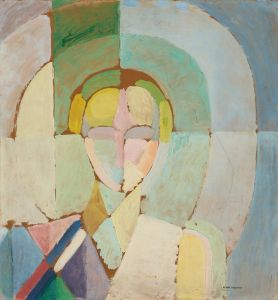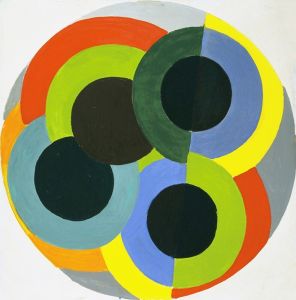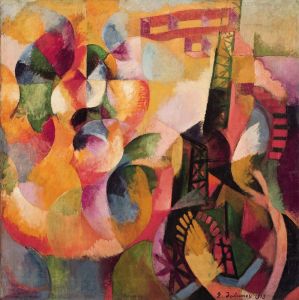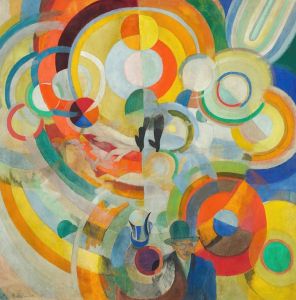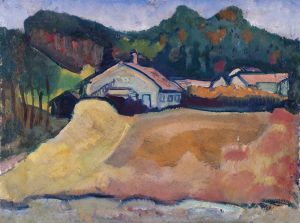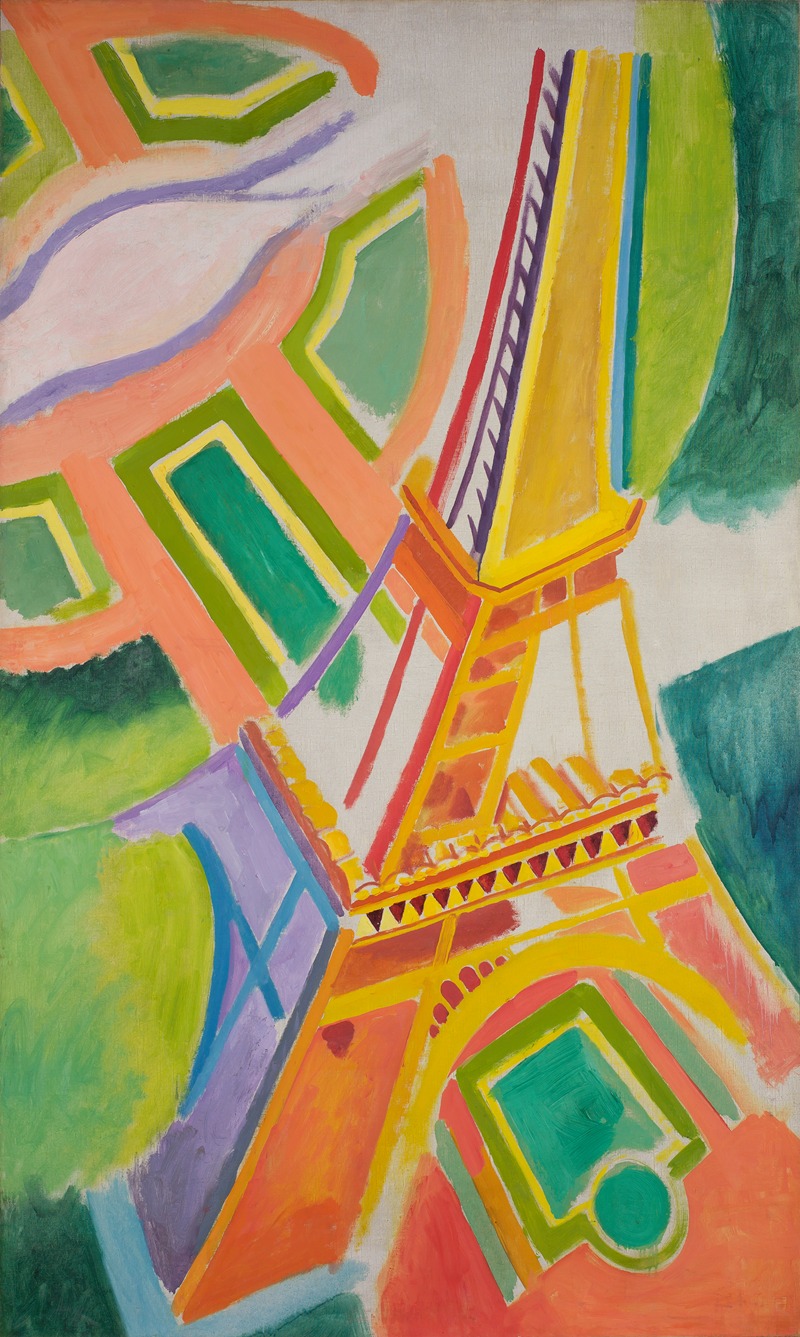
Eiffel Tower
A hand-painted replica of Robert Delaunay’s masterpiece Eiffel Tower, meticulously crafted by professional artists to capture the true essence of the original. Each piece is created with museum-quality canvas and rare mineral pigments, carefully painted by experienced artists with delicate brushstrokes and rich, layered colors to perfectly recreate the texture of the original artwork. Unlike machine-printed reproductions, this hand-painted version brings the painting to life, infused with the artist’s emotions and skill in every stroke. Whether for personal collection or home decoration, it instantly elevates the artistic atmosphere of any space.
Robert Delaunay's "Eiffel Tower" is a notable work within the artist's oeuvre, reflecting his fascination with modernity and the dynamic energy of the early 20th century. Delaunay, a French artist, was a key figure in the Orphism art movement, which is characterized by its use of bold colors and geometric shapes to convey a sense of movement and rhythm.
The "Eiffel Tower" series, which includes several paintings created between 1910 and 1912, captures the iconic Parisian landmark from various perspectives and in different lighting conditions. This series is significant for its innovative approach to depicting the structure, emphasizing its dynamic presence and the interplay of light and color. Delaunay's technique involves breaking down the form of the Eiffel Tower into a series of fragmented, overlapping planes, which creates a sense of movement and fluidity.
One of the most famous paintings in this series is "La Tour Eiffel" (The Eiffel Tower), completed in 1911. In this work, Delaunay employs a vibrant color palette and a Cubist-inspired approach to composition. The Eiffel Tower is depicted not as a static, monolithic structure, but as a dynamic entity that interacts with its surroundings. The fragmented forms and the use of contrasting colors convey a sense of the tower's pulsating energy and its integration into the urban landscape of Paris.
Delaunay's "Eiffel Tower" paintings are also notable for their exploration of simultaneity, a concept that was central to the Orphism movement. Simultaneity refers to the depiction of multiple viewpoints and moments in time within a single composition. In the "Eiffel Tower" series, Delaunay achieves this by presenting the tower from different angles and in various states of illumination, suggesting the passage of time and the changing nature of perception.
The "Eiffel Tower" series was well-received by contemporary critics and played a significant role in establishing Delaunay's reputation as a leading avant-garde artist. The paintings were exhibited in several important exhibitions, including the Salon des Indépendants and the Salon d'Automne, where they attracted the attention of other artists and collectors.
Delaunay's innovative approach to the depiction of the Eiffel Tower had a lasting impact on the development of abstract art. His use of color and form to convey movement and energy influenced other artists, including his wife, Sonia Delaunay, who was also a prominent figure in the Orphism movement. Together, the Delaunays pushed the boundaries of traditional artistic conventions and contributed to the evolution of modern art.
In summary, Robert Delaunay's "Eiffel Tower" series is a landmark in the history of modern art, showcasing the artist's innovative use of color, form, and composition to capture the dynamic essence of one of the world's most recognizable structures. Through these paintings, Delaunay not only celebrated the technological achievements of his time but also explored new ways of seeing and representing the world around him.









